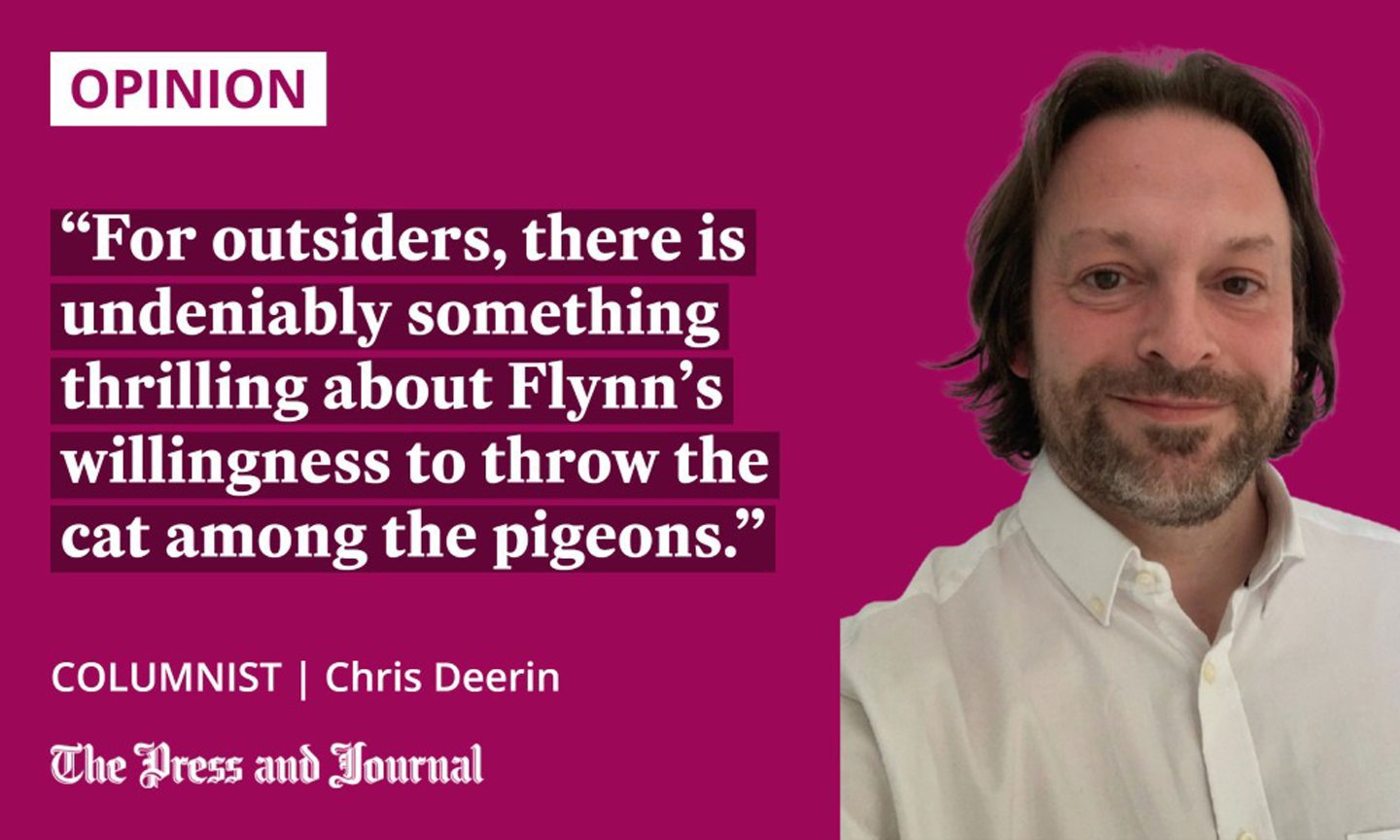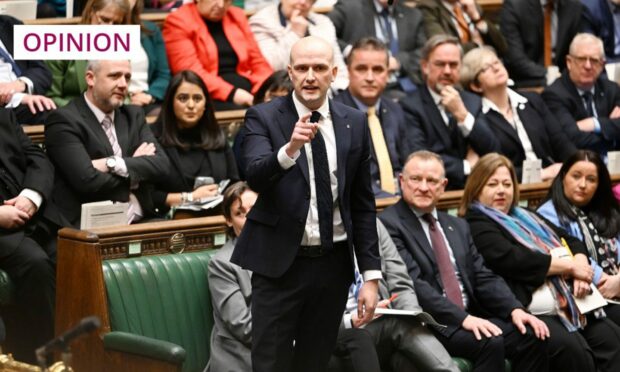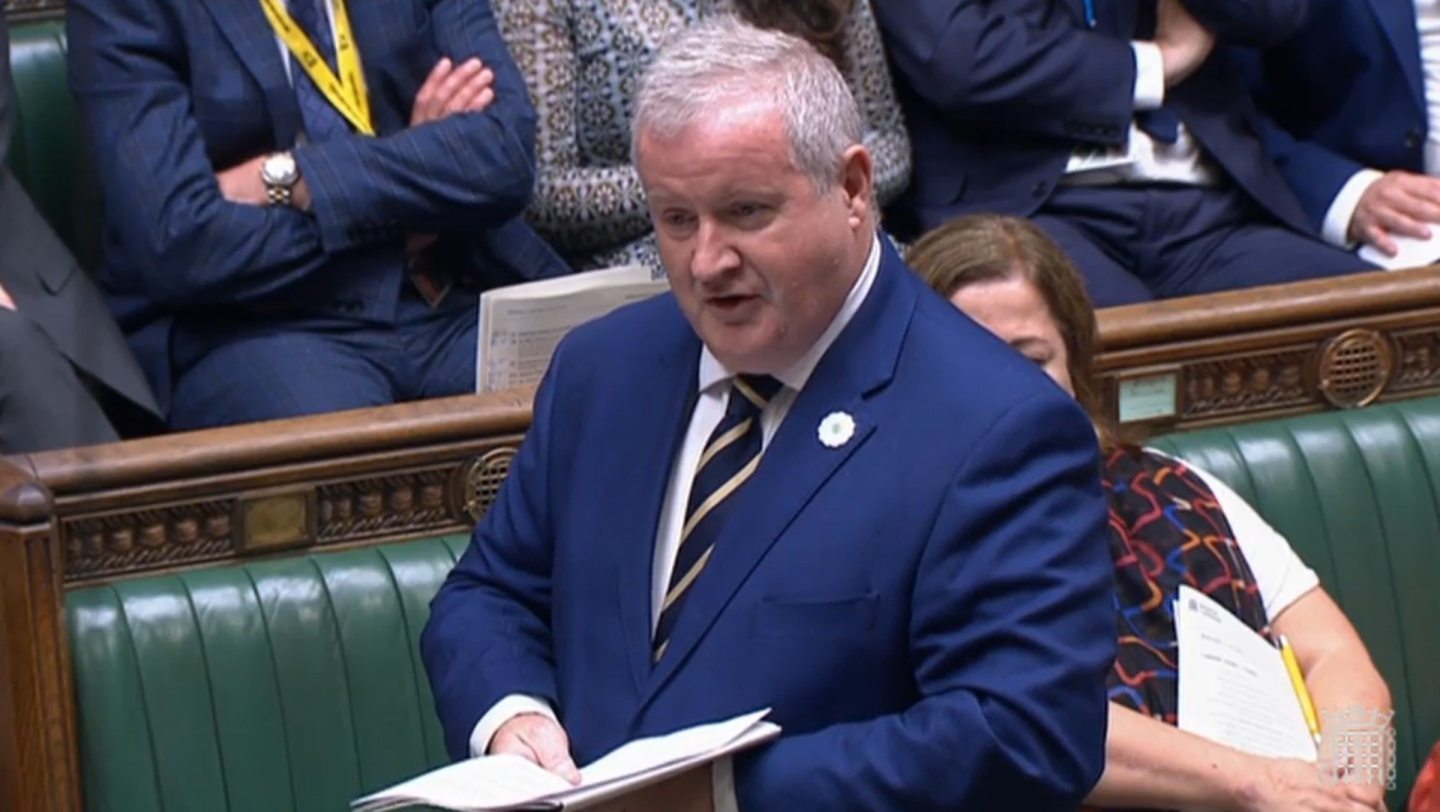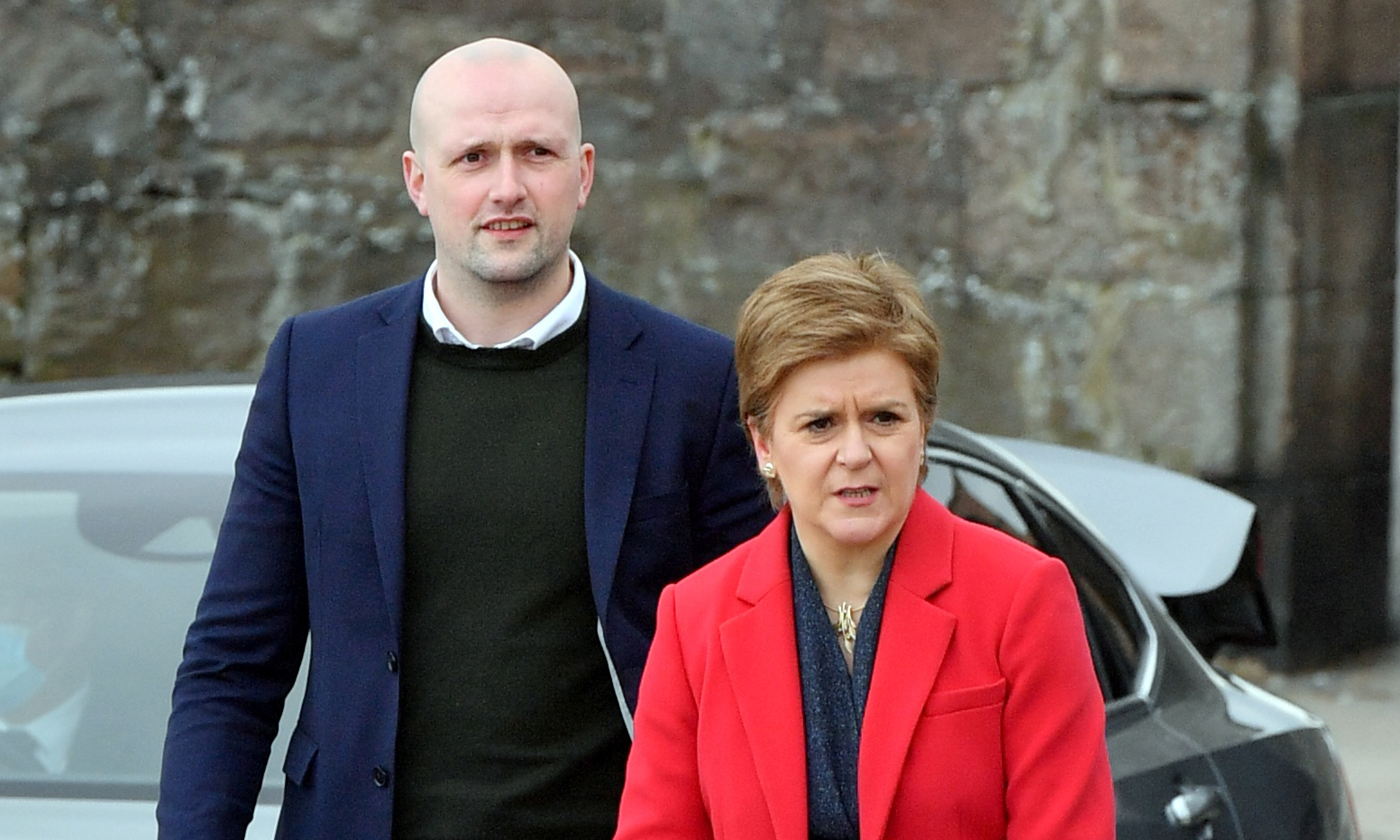Talent, ambition and opportunity can short-circuit the laborious ladder-climbing of politics, writes Chris Deerin. Is Stephen Flynn going places fast?
I’m not alone in having been caught out by the sudden rise to eminence of Stephen Flynn, the SNP’s newish leader at Westminster.
As far as I was concerned, he was one of the faceless Nationalist horde in London – there are 48 SNP MPs, many of whom remain largely unknown to me and, I suspect, the wider electorate.
Then, in the middle of last year, one of his colleagues told me to keep an eye on him. “He’s a smart guy,” they said. “I could see him replacing Ian Blackford, in time.”
In time. I don’t think anyone expected Flynn to mount a coup against Blackford only a few months later, particularly given he was still new to parliament, having only been elected in 2019. But, in December, he did just that, and won.

It’s clear that Flynn, the 34-year-old MP for Aberdeen South, is a man in a hurry. There’s nothing wrong with that. David Cameron became an MP in 2001, and a fresh-faced Tory leader in 2005. Talent plus ambition plus opportunity can short-circuit the normally laborious ladder-climbing process of politics.
Cameron, though, won the job with a clear, compelling vision of where his party was going wrong, and what he intended to do about it. The Conservatives were deeply unpopular and languishing under the Blair imperium. A major rethink was obviously required. By 2010, Cameron was in Downing Street.
Flynn hasn’t quite lived up to the hype in parliament
It’s different for Flynn and the SNP. It’s true that Blackford seemed past his sell-by date, and, in his latter days, often came across as a man whose heart was only half in the job.
But, for its many flaws and failures, the SNP is in government at Holyrood and holds the vast majority of Scottish seats at Westminster. Nicola Sturgeon remains mistress of all she surveys, and had no personal or strategic desire to see Blackford ousted.
Flynn’s coup therefore upset more than a few apple carts. There is bad blood in the Westminster group, now split between those who supported his challenge and those who didn’t.
His early performances in the chamber and the media haven’t really lived up to the hype. And there’s no evidence so far that he has a Cameron-style programme of reform in mind. One is reminded of Robert Redford in The Candidate – when having unexpectedly won the Senate seat, he asks his aides: “What do we do now?”
We could be looking at the next first minister
One of Flynn’s few clear differences of opinion with Sturgeon is over oil and gas, as might be expected, given his constituency. As a former Aberdeen councillor and SNP spokesperson for energy, he has supported the oil industry and backed the development of the Cambo oil field, which the first minister has opposed.
More curiously, at the weekend he came out in support of the proposal that the next general election be a “de facto” referendum on independence, just as the party leadership rowed back from that position by suggesting that the next Holyrood election might be a preferable stage for such a vote. Indeed, the Westminster group he leads has been particularly opposed to the de facto plan, on the basis that it was unlikely to succeed and might threaten their seats.
I’m fairly sure that at the SNP special conference in March, called by Sturgeon to decide which strategy should be adopted, the party will back the Holyrood option, which will leave Flynn out on a limb. So why has he done it?
One possibility is that Flynn has his eye on a bigger prize. The first minister is expected to stand down in the next few years, and it may be that he wants to replace her.
There is something Salmondesque in his mix of impatience and focus – as one SNP source put it to me, ‘he comes across as a diet version of Salmond’
As Blair once said of Gordon Brown, it is not an ignoble ambition to want the top job. There is no standout contender to replace Sturgeon, and this gives him a few years to make his mark.
Perhaps, then, his hardline stance on a referendum is playing to the more fundamentalist wing of the party membership, which is anxious for another rush to the barricades.
There is something Salmondesque in his mix of impatience and focus – as one SNP source put it to me, “he comes across as a diet version of Salmond”, though he has yet to show the tactical litheness of his predecessor.
Is there more to Flynn than personal ambition?
For outsiders, there is undeniably something thrilling about Flynn’s willingness to throw the cat among the pigeons. The SNP has been both successful and tediously dull in its adherence to the kind of omertà usually favoured by a certain type of Sicilian gentleman. It’s not that there haven’t been internal rows in recent years, but they have largely been kept in-house and away from the greedy eyes of the media.
The Nats have also tried to manage their political successions in ways that suggest everyone is singing from the same hymn sheet – Sturgeon was long-planned as Salmond’s successor and took the job by acclamation, following the defeat in 2014’s referendum.
It’s likely she will want something similar – or at least a good-natured contest – when she finally decides to depart. Flynn’s behaviour suggests that may not be the outcome – that when he sees something he wants, he attempts to take it, regardless of the feelings of those around him.
It might not be the SNP way, but it is fairly standard politics. The big question hanging over Flynn remains, though, and will dog him until it is answered: is there more to him than personal ambition?
Chris Deerin is a leading journalist and commentator who heads independent, non-party think tank, Reform Scotland




Conversation